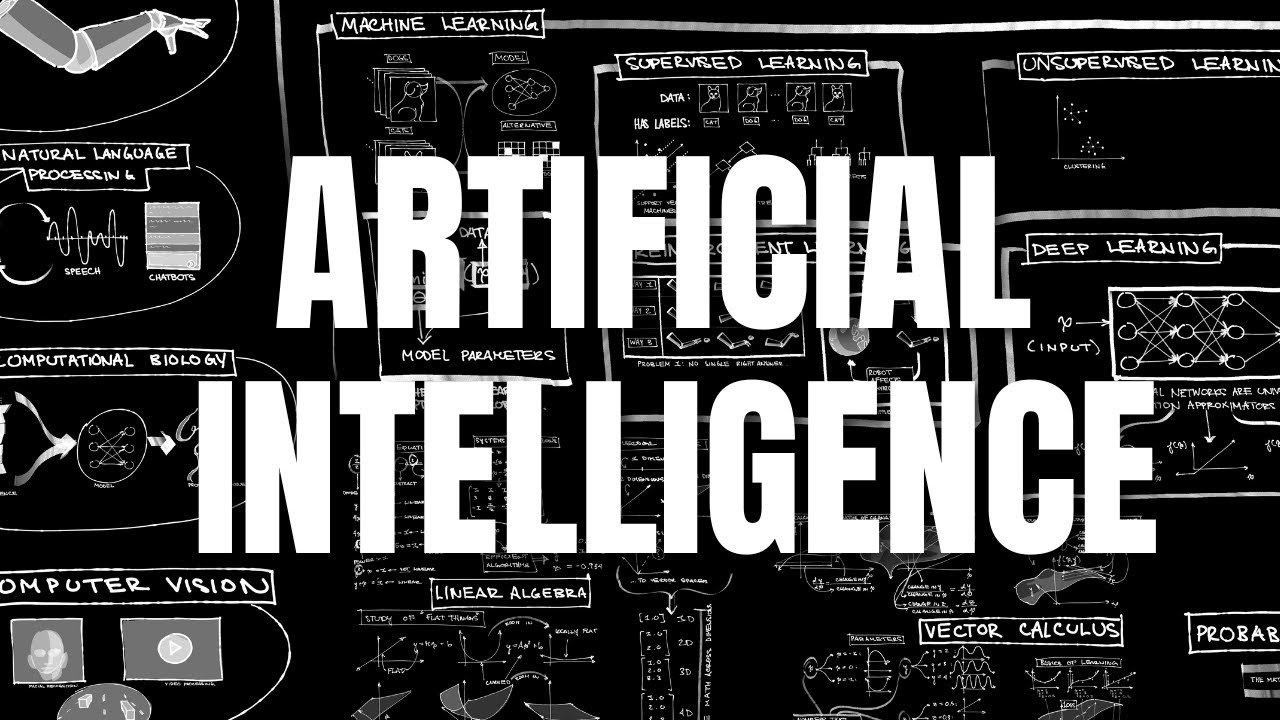The math of the Pharohs - Sacred numbers by R. A. Schwaller de Lubicz
Summary
TLDRThe video explores the foundational principles of Pharaonic mathematics as articulated by R.A. Schwaller de Lubicz, emphasizing the interconnectedness of science, nature, and perception. It discusses how the duality of unity (one) and multiplicity (two) shapes our understanding of the universe, with numbers representing cosmic principles. The narrative critiques modern science for overlooking these spiritual and philosophical dimensions, urging a return to ancient wisdom that perceives mathematics as a language of natural forms. It highlights the significance of geometric balance in understanding life and the cosmos, positing that true knowledge must bridge mathematics and spirituality.
Takeaways
- 😀 The foundations of pharaonic mathematics emphasize the importance of understanding the universe's duality and unity, as outlined in R.A. Schwaller de Lubicz's work.
- 🔍 The number one symbolizes infinity and formlessness, while the number two represents the concept of duality, highlighting the relationship between unity and multiplicity.
- 💡 Understanding numbers as cosmic principles in nature is crucial for grasping true mathematics, which connects deeply to geometric forms in the universe.
- 🔄 The passage from unity to duality involves a 'creative act,' where the homogeneous nature divides into heterogeneous states, reflecting processes observed in nature.
- 🌀 The ternary (number three) represents the growth and development of form, derived from the interplay of unity and duality, facilitating perception beyond two dimensions.
- 🔥 The principle of multiplication (number two) reflects the continual genesis of life and existence, emphasizing the self-perpetuating nature of life force.
- 🏛️ Ancient Egyptians encoded mathematical principles in their architecture and symbols, ensuring the transmission of knowledge across generations.
- 📜 Mathematics is seen as a language of symbols that convey natural principles, stressing the significance of understanding what these symbols represent.
- 🌟 The sacred number phi (φ) is recognized as a fundamental proportion in nature, influencing the design of sacred spaces to promote harmony and balance.
- ✨ The pursuit of beauty is essential for accessing deeper consciousness and understanding, with the acknowledgment that human perception is attuned to beauty.
Q & A
What is the main focus of the video regarding pharaonic mathematics?
-The video explores the foundations of pharaonic mathematics, emphasizing its significance in understanding the universe and the interconnectedness of nature, science, and human perception.
How does the speaker relate the concept of numbers to duality and unity?
-The speaker explains that the number one represents infinity and unity, while the number two signifies duality. This relationship shows how unity can be perceived through the division into parts, allowing for comprehension of the universe.
What does the speaker mean by 'multiplicity reveals unity'?
-Multiplicity refers to the various forms and aspects in the universe. According to the speaker, understanding these multiple forms allows us to grasp the underlying unity of all existence, reinforcing the idea that everything is interconnected.
Why does the speaker emphasize the role of perception in mathematics?
-The speaker highlights that our perception shapes our understanding of form and formlessness. He argues that mathematics should not be divorced from its geometric nature, as true mathematical concepts must correspond to coherent and balanced forms.
What is the significance of the number phi (φ) in pharaonic mathematics?
-Phi represents the golden ratio, which is a crucial proportion in nature. The speaker notes that ancient Egyptians encoded this ratio into their architecture and art, understanding its role in creating harmonious spaces and influencing human consciousness.
What are the four general conditions for studying pharaonic mathematics as described in the video?
-The four conditions are: 1) Unity must appear as duality, 2) The transition from nothing to something must lead to a ternary (three), 3) The results must involve multiplication and sustain quality and quantity, and 4) The results must reveal both arithmetic and geometric relationships.
How does the speaker relate the concept of growth to the principles of mathematics?
-The speaker connects the concept of growth to the principle of multiplication, emphasizing that understanding how life proliferates and develops is essential to comprehending the mathematical structures of existence.
What philosophical perspective does the speaker advocate regarding modern science?
-The speaker critiques modern science for neglecting the role of nature in understanding phenomena, suggesting that ancient wisdom recognized the significance of our connection to nature in the scientific process.
How does the speaker suggest we should approach the study of symbols and myths in relation to mathematics?
-The speaker advises that while symbols encode complex meanings, one must not lose sight of their original purpose. Understanding the underlying principles represented by symbols is crucial for accessing deeper knowledge.
What role does beauty play in the context of pharaonic mathematics and human consciousness?
-Beauty is presented as a fundamental aspect of human experience and understanding. The speaker argues that beauty can reconnect us to deeper truths and awareness, bridging the gap between knowledge and the essence of existence.
Outlines

此内容仅限付费用户访问。 请升级后访问。
立即升级Mindmap

此内容仅限付费用户访问。 请升级后访问。
立即升级Keywords

此内容仅限付费用户访问。 请升级后访问。
立即升级Highlights

此内容仅限付费用户访问。 请升级后访问。
立即升级Transcripts

此内容仅限付费用户访问。 请升级后访问。
立即升级5.0 / 5 (0 votes)






